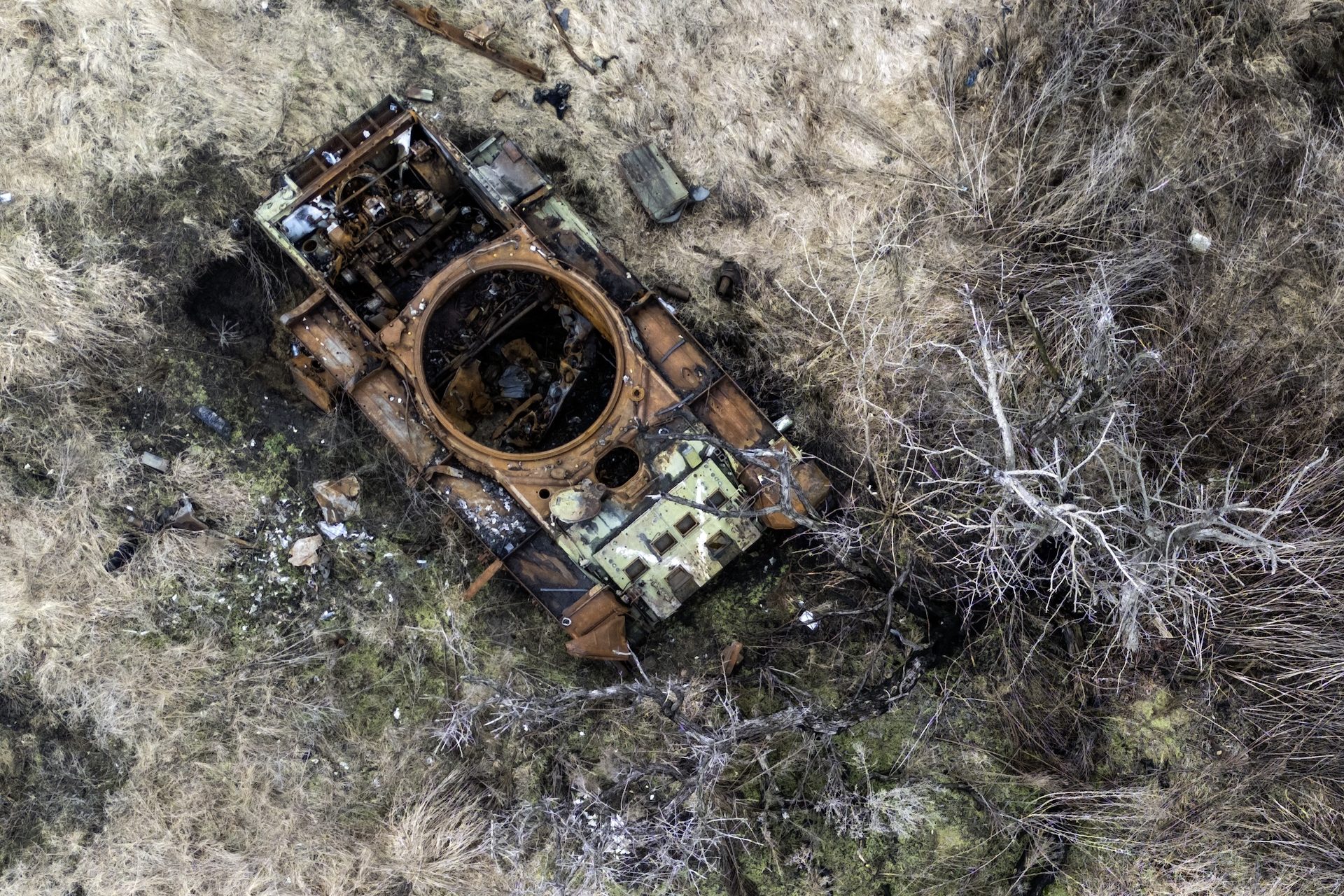Is your beloved pet cat bad for the environment?
There is no doubt that they are great pets, and despite their everlasting battle with their dog enemies, there are those for whom cats are the true kings of the house. However, more and more studies ensure that our feline companions could also become one of the greatest threats to wildlife.
The domestication of the common cat (Felis silvestris catus) is relatively recent, dating back to about 10,000 years ago. According to researchers, cats were domesticated by the first farmers of the major civilizations of the Near East, which stretched from the Nile Valley to southern Mesopotamia.
From this part of Asia, cats spread as pets around the world. And with that came the problem: every time a species settles in a foreign ecosystem, it affects and modifies it, even contributing to the extinction of other native species.
With domestication, the aim was to put an end to plagues of rodents and other animals that often entered homes and barns, due to the damage that this caused both to people and to food.
To eliminate rodents and insects, sailors put cats on their boats. However, once in port, the cats often escaped and went inland, causing their rapid expansion throughout the planet.
However, as an invasive species, cats have come to be considered a threat to the conservation of the fauna where they settled because they never lost their hunting instinct. Currently, they are killing off some species of animals.
In fact, the cat is included on the list of the hundred most harmful invasive alien species in the world, according to the International Union for Conservation of Nature (IUCN).
Other organizations, such as the Polish Academy of Sciences, have also conducted similar studies that show an evident "negative influence of the domestic cat on native biodiversity." The invasive alien species team has exposed these conclusions as part of the activities of the European Commission.
In Norway, for example, there is a 1992 law that prevents cats from inhabiting the Svalbard archipelago, located in the Arctic Sea and known for having an underground warehouse where thousands of seeds from all over the world are kept as a guarantee of preservation in the event of a global catastrophe.
At the time, local authorities believed that it was a threat for cats to live on the islands due to the spread of rabies and cystic echinococcosis present in foxes and rodents in the region. And they were also becoming a serious threat to some bird species on the islands.
And such is the problem in an area of Australia where an electrified fence of more than 40 kilometres had to be installed to try to protect the species that inhabit a wildlife sanctuary.
Not surprisingly, according to the Mexican biologist and doctor Jorge E. Schondube, a professor at the National Autonomous University of Mexico (UNAM), cats have exterminated 28 species of marsupials.
In Mexico, cats are blamed for the extinction of some bird species (such as the petrel or Guadalupe storm petrel and the Socorro dove), as well as lizards and rodents in the Gulf of California.
Wouldn't it be enough to keep them well-fed? It seems not because the cat succumbs to its hunting instincts, regardless of having a full belly or not, with the consequent damage to biodiversity conservation. In the words of Miguel Clavero from the Doñana Biological Station - CSIC, even if the cat is fed, it will continue to hunt because it has that instinct.
Miguel Clavero affirms that, in the last few centuries, cats have been implicated in more than a quarter of the contemporary extinctions of birds, mammals and reptiles.
On the other hand, wild cat colonies also sometimes act as a reservoir of some diseases that have been a serious threat to many others. In this sense, it is important to bet on a strategy that involves their capture, sterilization and vaccination.
However, not all biologists agree on this. According to the Feline Medicine Specialty Group, belonging to the Association of Spanish Veterinarians Specialists in Small Animals, the situation is not alarming in Spain or Europe.
"In our country (Spain), as well as in the rest of the European continent, cats have been living with the human species for thousands of years, establishing a symbiotic relationship that has benefited both species for centuries," the Association of Spanish Veterinarians Specialists in Small Animals said in a statement.
Some experts say that to assess whether the problem is real, different factors would have to be analyzed, such as the geographical area where the cats are located (on islands, it could become a bigger problem). Therefore, in no case should we generalize.
What would be the solution? Well, as we said before, there is no one-size-fits-all solution; however, it is essential to promote responsible ownership. Most experts believe cats should not leave their owners' properties to minimize these problems in the surrounding natural environments.
More for you
Top Stories

































